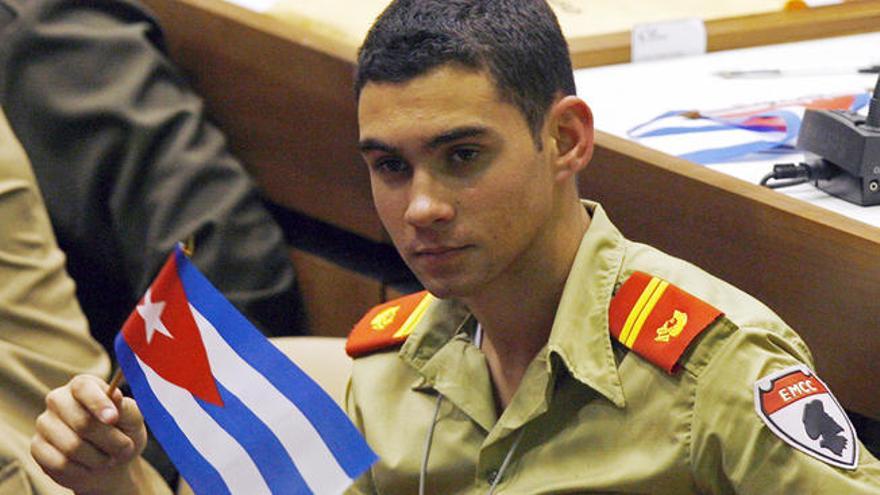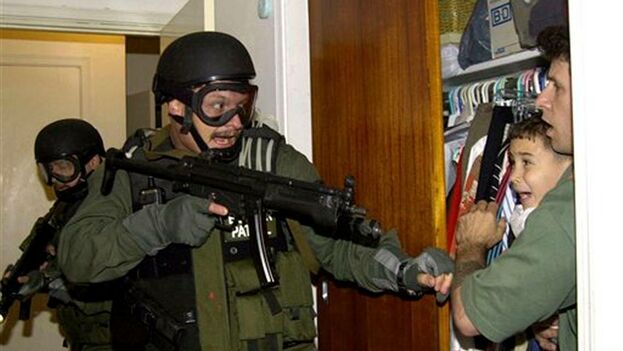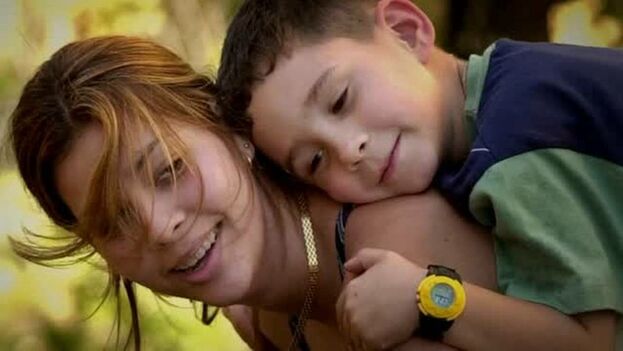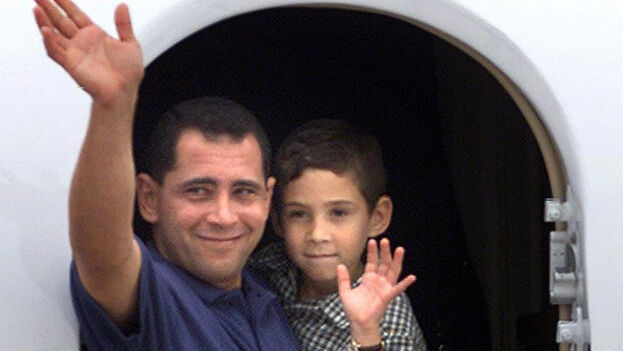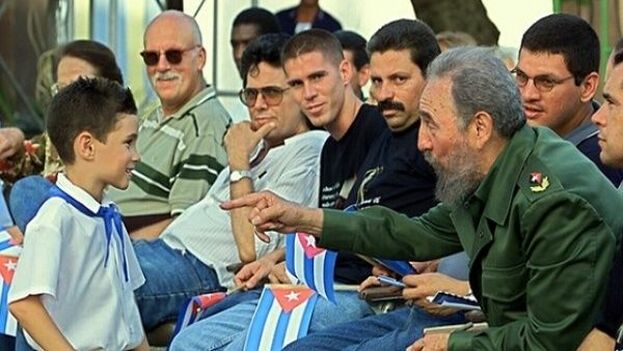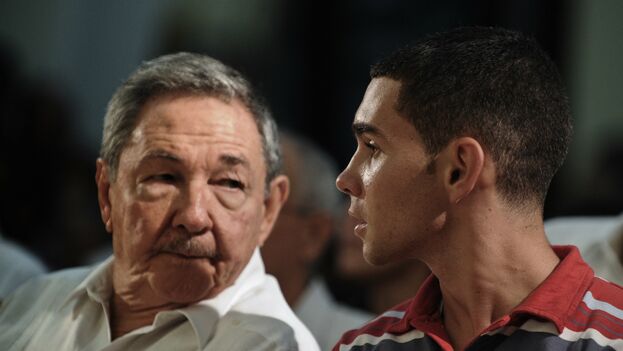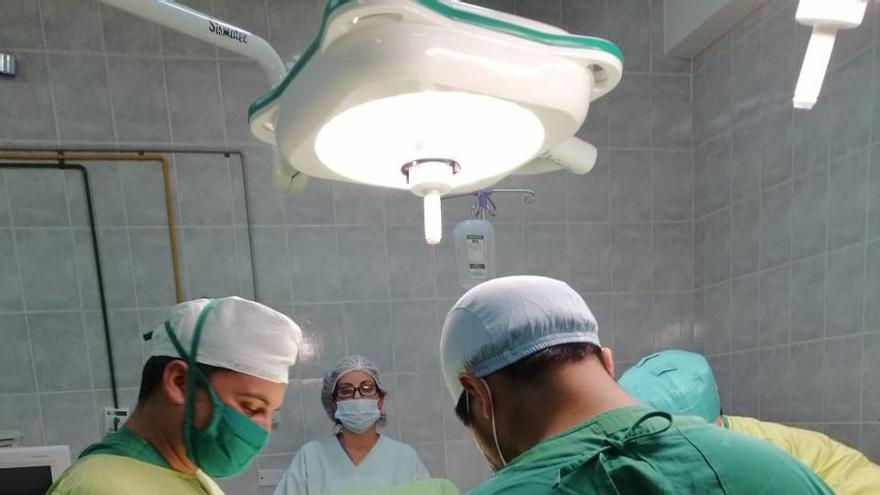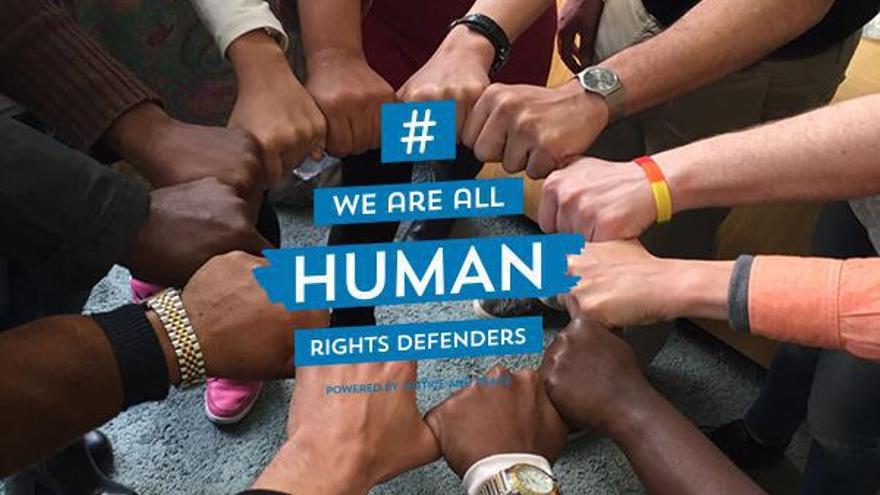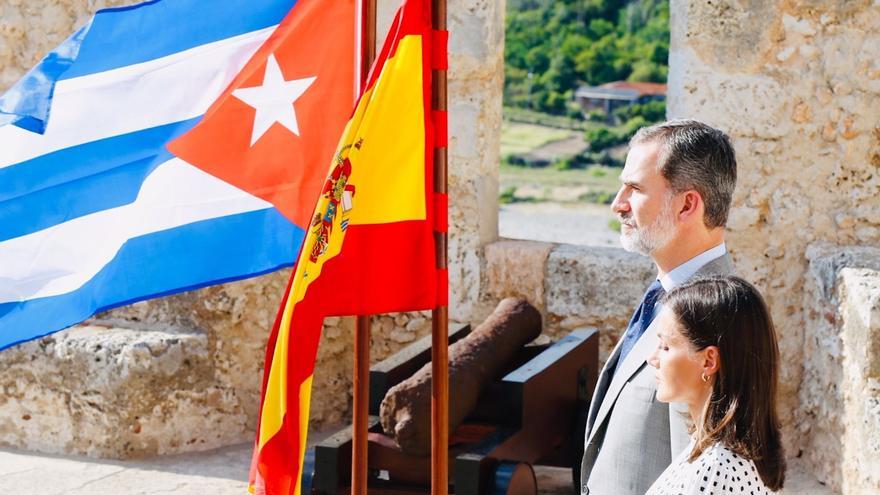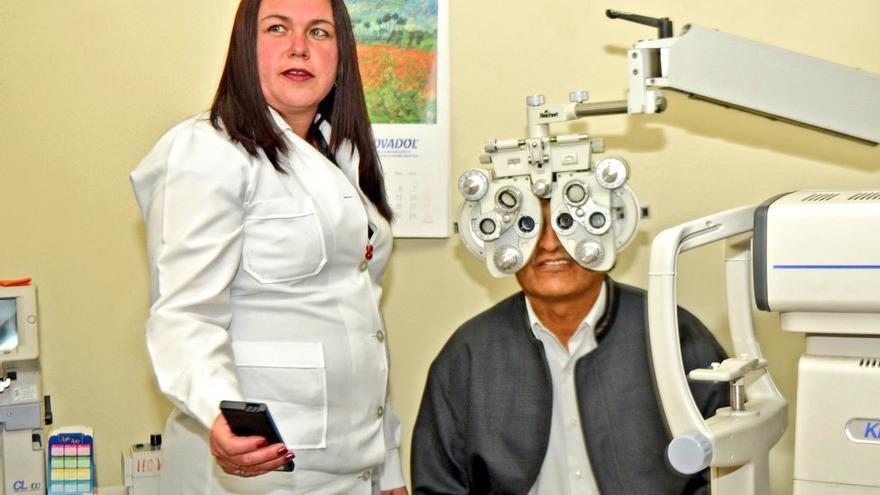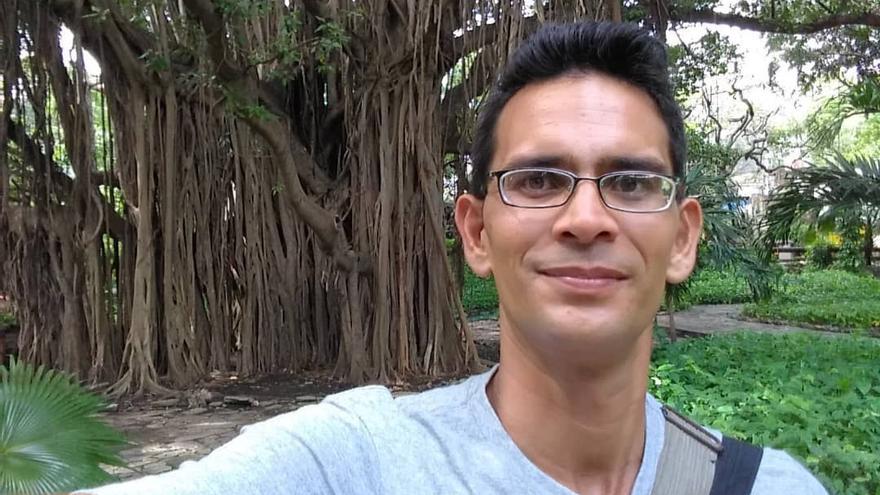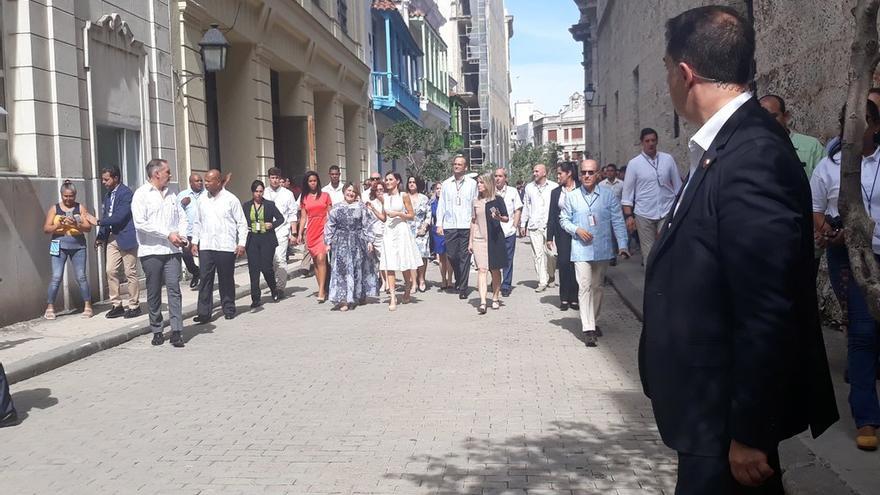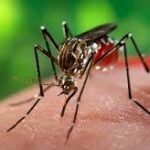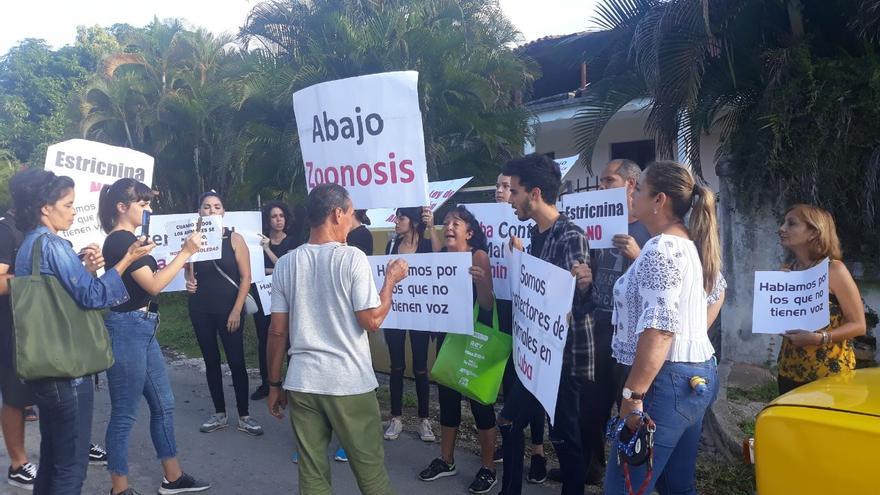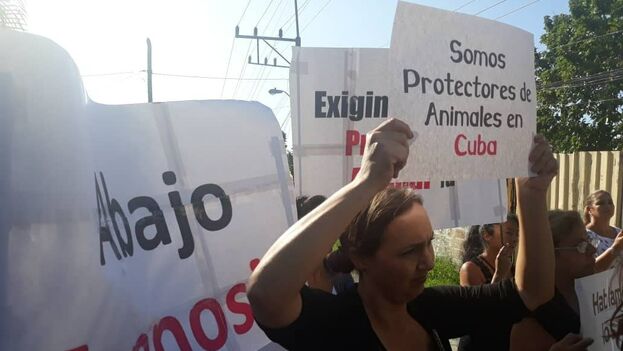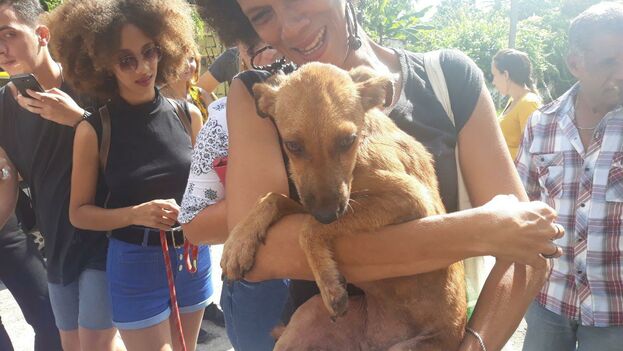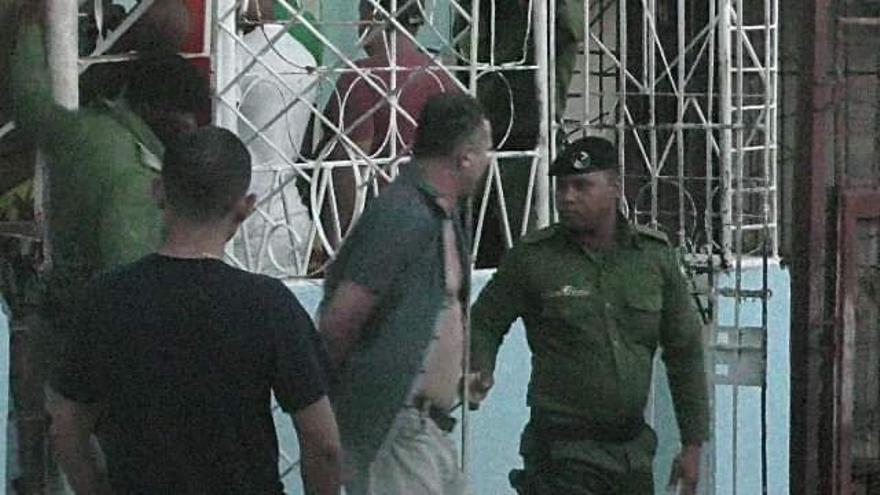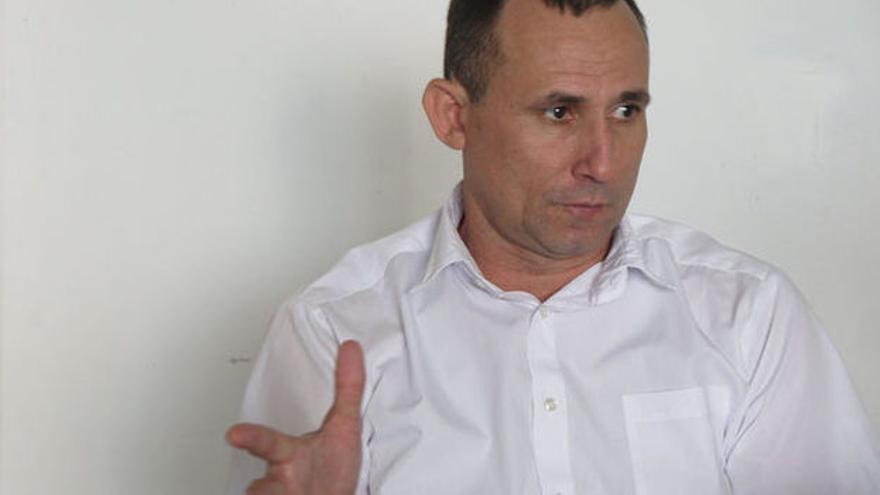The Spanish Minister of Foreign Affairs and next head of European diplomacy expressed his “categorical rejection” of the blockade and, especially, of the application of the Helms-Burton law, which Spain “will fight” for being “an abuse of power” not in accordance with international law for the sanctions it imposes.
Borrell strongly criticized the attitude of the government of Donald Trump in a conversation with journalists in Havana in which he took stock of the historic trip of the Spanish king and queen to Cuba, the first of a bilateral character of a monarch. continue reading
On the meetings held with the government of Miguel Díaz-Canel during Felipe VI’s visit, Borrell remarked that this was one of the main issues tackled. “We don’t accept and we will fight the extraterritorial measures they are trying to impose, because it is not in accordance with international law to impose extraterritorial sanctions.”
“Make laws and apply them to your citizens, but to the rest of the world it is an abuse of power that the European Union has condemned,” reprimanded Borrell, who on December 1 will assume his new role in the EU.
In his new responsibility, he anticipated that he will maintain the line of opposition already established by Brussels against the imposition of sanctions at this point, as happens in the case of Iran. “A different line won’t come with me. It’s already passed,” he pointed out.
On how the Trump administration will take Spain’s criticisms, Borrell declared: “The Americans’ discomfort? They won’t find it funny at all.”
However, he reminded that some media outlets publicized in recent weeks that the US was going to impose sanctions on Spain for its alleged financial support of the government of the Venezuelan president, Nicolás Maduro, which Borrell has described as “fake news.”
“I don’t know if that ’fake news’ was a hard pinch. But it had no basis, nor foundation. The State Department guaranteed to us that it was an invention. We aren’t making any direct statement, nor an indirect one,” clarified the Minister of Foreign Affairs.
Borrell insisted that the Helms-Burton law poses a “grave” problem for Spanish companies, with which yesterday, Wednesday, the king met to learn their concerns; and he added that it causes nonpayments to Spanish companies, estimated at more than 300 million euros, on the part of Cuban authorities because of the lack of financial liquidity, although he assessed that they have “the greatest will” to resolve them.
The minister praised the “enormous determination” with which it is confronting the economic problems facing it, especially, as regards tourism, with the loss of almost a million travelers, the suspensions of flights, and the energy shortage.
Against Trump’s policy, Borrell compared the “great opening” imagined by the mandate of Barack Obama in the White House, which “generated a hope of normalization in the world’s economic relations with Cuba” and “eased tensions.”
Additionally, he emphasized his contribution in the Cuban regime’s facilitating the business of private workers. “They are the yeast of change, which little by little are creating an attitude, although still with many restrictions,” he pointed out.
Regarding Felipe VI’s words on Wednesday in the presence of Díaz-Canel, the Spanish minister affirmed that the king said “everything that he had to say” and that his defense of democracy and human rights were set out in a “polite and cooperative” manner.
According to Borrell, what Felipe VI expressed was that democracy and the system of free enterprise “have worked well” for Spain and that this model is the basis of human rights. “He said it in a polite and cooperative manner and, as was said, it was a milestone in what can be expected from a royal visit from Spain to Cuba,” assessed the minister.
Borrell remarked that for a top-level visit, in which “the issues that allow agreements to be reached are not discussed, it marked a point that some thought wasn’t going to happen and others demanded,” in allusion to the criticisms that the visit generated in the Spanish opposition, interpreting it as an endorsement of the Cuban regime.
The king’s words “reflect a will of accompaniment and an absolute rejection of outside interferences,” he affirmed. He also indicated that the Cuban leader knew what the king was going to say — “we spoke before of these issues, we were on the same wavelenght” — while being conscious that Spain and Cuba have different political systems.
The minister clarified that Cuba “is not the only one-party country in the world” and that, in fact, the multi-party models “represent an anomaly” on an international scale. Asked why the government doesn’t also defend democracy expressly when it visits countries like Morocco or China, Borrell responded: “When we go, we’ll see what we say.”
Although only the king’s speech appeared on the dinner program, the government was not surprised that Díaz-Canel also took the floor to defend the socialist model and the path that Cubans have chosen “of their own will.” “It was planned that he would speak. If it hadn’t been, there would have been news,” justified the minister.
Borrell remarked that the visit has allowed them to address “sensitive subjects in a direct and cordial manner.” In his opinion, it has been “an open, frank, and unrestricted dialogue.”
On the fact that Felipe VI didn’t meet with the opposition during his stay on the island, Borrell explained that it is a matter that “escapes the interlocution of a head of state” and that it competes with the governments and the Spanish embassy in Cuba.
The minister also explained that the anniversary of Havana was “a golden opportunity that couldn’t be missed” to “correct an institutional anomaly” and normalize relations with a country like Cuba that is part of the Iberoamerican community of nations and that was the only one that the king and queen hadn’t visited in a bilateral manner.
“Some like it and others don’t, it’s time and it has to be,” he resolved, not without reminding that the stage of normalization began several years ago, after the disagreements of the time of José María Aznar’s government. That policy “gave no result” emphasized Borrell, and it was ended.
Borrell also spoke on the intention to recuperate the Cultural Center of Spain in Havana, whose administration was assumed by the Cuban state in 2003 as a response to the diplomatic disagreement with the European Union.
“We would be delighted to be able to reopen the cultural center that was closed. Contacts have been started for it,” he indicated. “Cultural collaboration has to continue being an essential element of our relationship,” stressed the king, who today visited with the queen the National Museum of Fine Arts to see the self-portrait of Francisco de Goya transferred by the Prado Museum.
That visit was the close to Felipe VI and Queen Letizia’s activities in Havana, going to the National Museum of Fine Arts accompanied by the Vice Minister of Culture, Fernando Rojas, and the director of the institution, Jorge Fernández.
“We want them to know our great works and so, on this trip, we have the privilege of offering to the Cuban people the impressive portrait of Goy that will be housed in the Museum of Fine Arts in the next weeks,” said King Felipe, who underlined the importance of cultural collaboration as an “essential element” of the bilateral relationship.
The king and queen concluded the visit in Santiago de Cuba this Thursday, before the queen left for Spain while Felipe VI heads for the United States to attend the anniversary of Georgetown University, where he studied for two years.
The closing act of the visit was the most emotional for the king and queen on this trip, paying tribute to the Spanish soldiers fallen in two of the battles that brought to an end the Spanish colonial empire.
The Spanish monarchs visited the Castillo del Morro, the fortress that could never be taken by sea and from which the bay in which the Spanish ships were massacred in that battle on July 3, 1898 can be seen. The battle had as its objective the taking of Santiago by American troops.
Felipe VI and Letizia listened to the explanations from those in charge of conservation of that space on the development of the events, posed in front of a plaque commemorating their presence in the place, and gifted in the name of Spain the painting by Juan Arias entitled The sea that unites us, which symbolizes the union between the Spanish and Cuban peoples that the Atlantic represents.
With a solemn touch of prayer and with the king and queen in front of the flags of Spain and Cuba, the fallen of that battle were remembered while a narrator assured that “the heroic actions of the members of the Spanish Armada, always guided by loyalty and love for Spain, will always be remembered as an example of courage, valor, and honor.”
The king explained that his presence in what was the first capital of the crown in Cuba would be a tribute to the Spaniards, Cubans, and Americans fallen there in 1898. He also said that he would keep in mind the words of the father of the Cuban nation, José Martí, that that was a war without hatred.
Translated by: Sheilagh Herrera
__________________
COLLABORATE WITH OUR WORK: The 14ymedio team is committed to practicing serious journalism that reflects Cuba’s reality in all its depth. Thank you for joining us on this long journey. We invite you to continue supporting us by becoming a member of 14ymedio now. Together we can continue transforming journalism in Cuba.
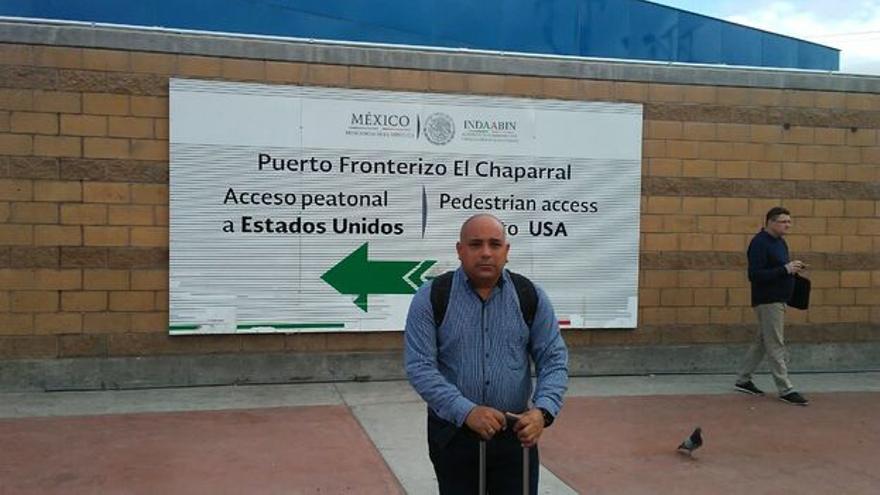
![]() 14ymedio, Havana, December 4, 2019 — The Cuban journalist José Ramírez Pantoja, who requested political asylum at the United States border seven months ago, was freed on parole this week, although he will remain in detention until he pays bail.
14ymedio, Havana, December 4, 2019 — The Cuban journalist José Ramírez Pantoja, who requested political asylum at the United States border seven months ago, was freed on parole this week, although he will remain in detention until he pays bail.
